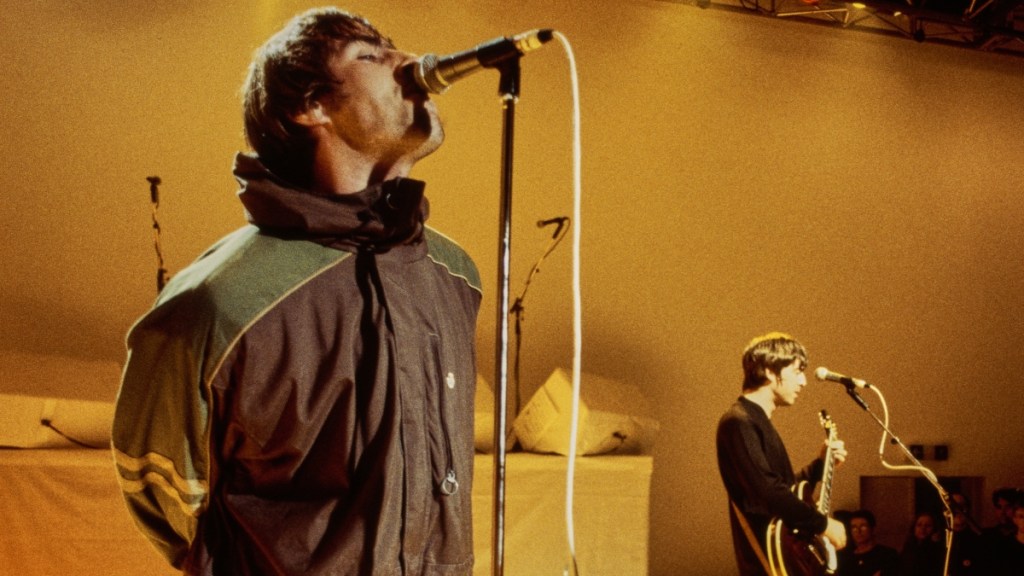More than just a pile of frantic prose written by Thomas à Kempis in the 15th Century to get over how shitty war is, Imitation of Christ (or as the fashionistas say IOC) is a fashion design team headed by Matt Damhave and Tara Subkoff (actor from The Cell and lesbian flick All Over Me). With the “creative direction” of indie superstar machine Chloe Sevigny, they create subversive fashion by reconstructing thrift store clothing with re-alterations and clever magic marker messages like “Bring me the head of Tom Ford.”
Despite the occasional flake criticism, IOC fashion is the only new thing to happen to the industry in years. Their shows, held at funeral parlors and movie theaters, show how boring and derivative we’ve let all the other designers become. This year IOC inverted their entire show by having the audience on the runway while all the models sat and watched everyone try to figure out what was going on. IOC have taken the old boys club of Tom Ford, Stella McCartney and Miguel Androver and kicked them in the ass so hard, a fart came out.
Along comes Imitation of Imitation of Christ. They grabbed IOC’s piss-take torch and ran with it, answering IOC’s call for a discourse within the most stagnant artistic field since classical music. IOIOC take IOC’s good points (subversion of the fashion norm, making something out of nothing) and they take it a step further by removing the concept of celebrity. We’d like to tell you more but nobody knows who they are. “They’re waiting for our approval before they say who they are,” says Matt from IOC. “But they have it. I think it’s a great fucking idea. I wish it were my own. In fact, people ask me all the time if it’s me and I hate admitting that it’s not.”
Although both labels aren’t what one would consider “cheap,” IOIOC does have a method to their marketing madness. IOC’s clothing range anywhere from $200 into the thousands and you can find these items at Barney’s and the pricey boutique Seven. IOIOC, on the other hand, price their items according to how much effort they put into them. For example, a shirt costs $3. They then add the number of hours spent on an item, extra materials used, alterations, etc. They double this figure to achieve a profit margin and the resaler usually slaps on the standard 2.5%. All the information is written out and listed on the item’s tag.
IOIOC insist on remaining anonymous. (It could be fear – they seemed overly concerned that Tara was mad at them and they failed to show up at a meeting with Matt, but their formal explanation fits this article much better.) They are sick of people getting recognition for one’s work because of a name (or a friend’s name). “Celebrity, although alluring, is not our aim,” they told us through anonymous emails. “Besides that, the difference between us and IOC is basically the same as how butter and margarine differ. We have modeled our skeleton after IOC, but the epidermis is invisible. The public’s inability to attach the project to a personality concentrates the focus on the idea itself. This green door effect offers a distinction from the ever-popular velvet rope effect. This way, we drink in bars and go home with whomever we want and it doesn’t affect the idea. We are not men, we are IOIOC.”
Both are selling an idea that has been around ever since The Go-Go’s started wearing garbage bags, but it’s never been on this scale. Celebrities and other rich people all over the globe are starving for more IOC and the IOIOC line sold out so fast they’re not sure they can make another one. Fashion finally has a sense of humor and a sense of rebellion again and only The Salvation Army can guess where it’s headed next.
LESLEY ARFIN
The Salvation Armies




